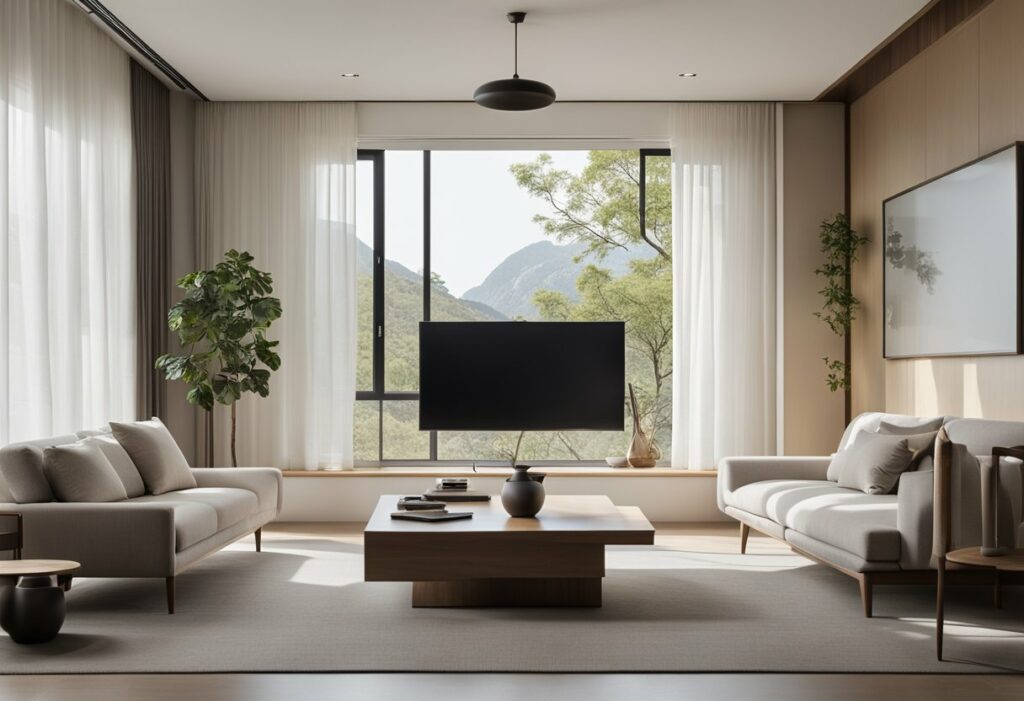Modern Korean Interior Design: A Fusion of Tradition and Innovation
Korean interior design has captivated the world with its unique blend of tradition and modernity. The essence of Korean interior design lies in its emphasis on harmony, minimalism, and natural elements. It seamlessly marries contemporary aesthetics with age-old traditions, creating a space that is both functional and visually captivating.
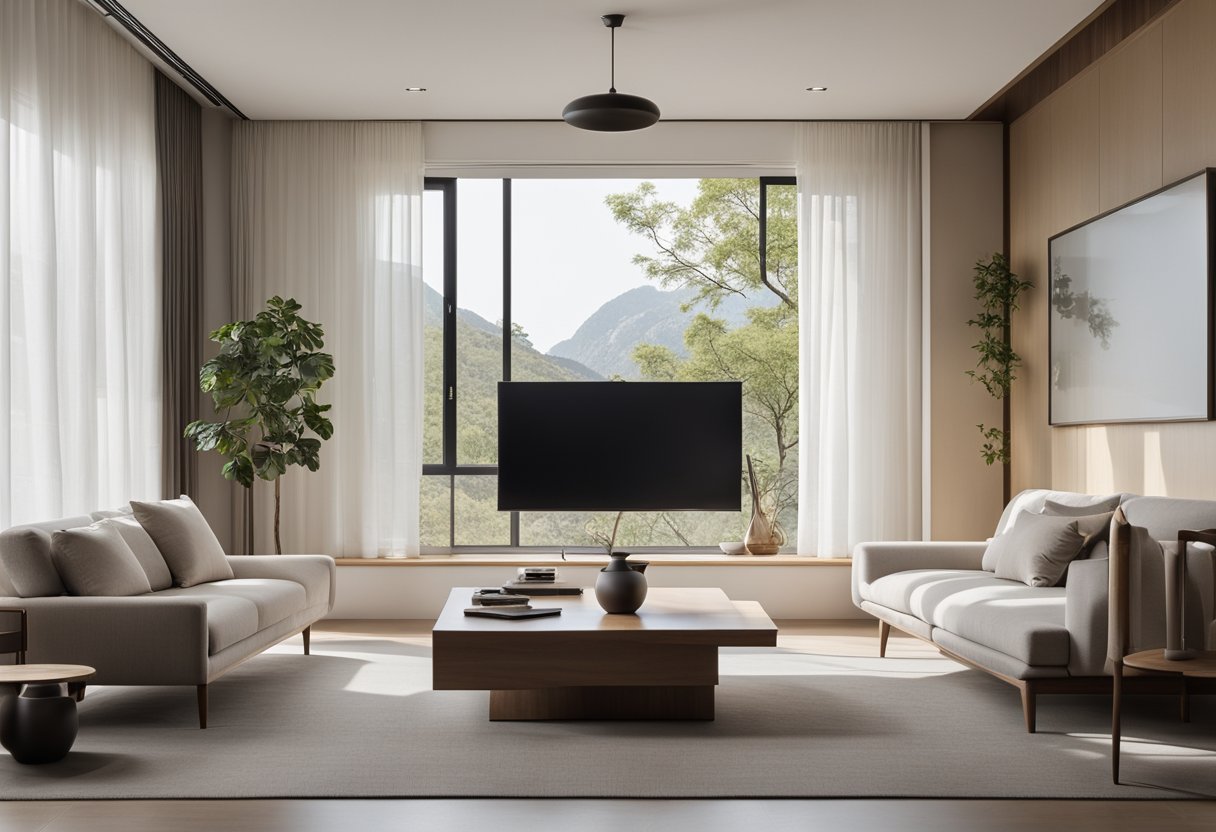
Modern Korean interior design is characterised by its clean lines, neutral colour palettes, and the use of natural materials. The design philosophy revolves around creating a sense of balance and tranquillity within a space, allowing you to feel at ease in your surroundings. Contemporary adaptations of Korean interior design have made it a sought-after aesthetic, offering a refreshing alternative to the more conventional design styles.
Essence of Korean Interior Design
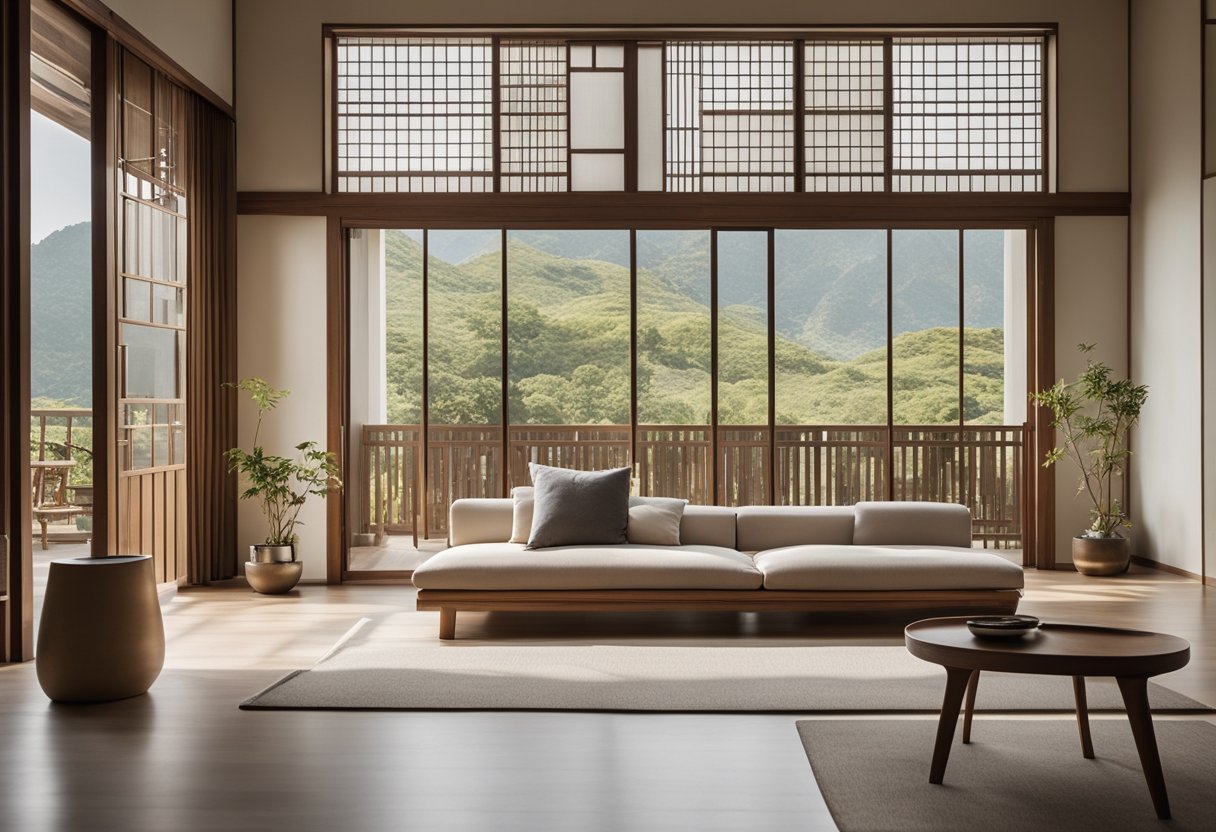
If you’re looking to revamp your home or office space, why not take inspiration from modern Korean interior design? This style is characterised by a minimalist approach, functionality, and the integration of natural materials and elements.
Influence of Traditional Hanok
One of the key influences on modern Korean interior design is the traditional hanok, a type of Korean house that has been around for centuries. These structures were built to be in harmony with nature, with features such as courtyards and gardens that allowed residents to enjoy the outdoors from within their homes. Modern Korean interior design takes inspiration from this by incorporating natural materials such as wood, bamboo, and stone, as well as natural light and plants, to create a calming and peaceful atmosphere.
Integration of Nature and Architecture
In modern Korean interior design, there is a focus on integrating nature and architecture. This means that the design of a space is not just about the physical structure, but also about how it interacts with the natural environment around it. For example, large windows or glass walls can be used to bring the outdoors inside, while indoor gardens or water features can create a sense of tranquillity and relaxation.
Minimalist Approach and Functionality
Another key aspect of modern Korean interior design is the minimalist approach and focus on functionality. This means that spaces are designed with a purpose in mind, and unnecessary clutter is avoided. Furniture and decor are kept simple and streamlined, with a focus on natural materials and textures. This creates a calming and uncluttered atmosphere that is perfect for relaxation and productivity.
In summary, modern Korean interior design is characterised by a focus on natural materials, integration with nature, a minimalist approach, and functionality. By incorporating these elements into your own space, you can create a calming and peaceful environment that is both beautiful and functional.
Contemporary Adaptations and Aesthetic
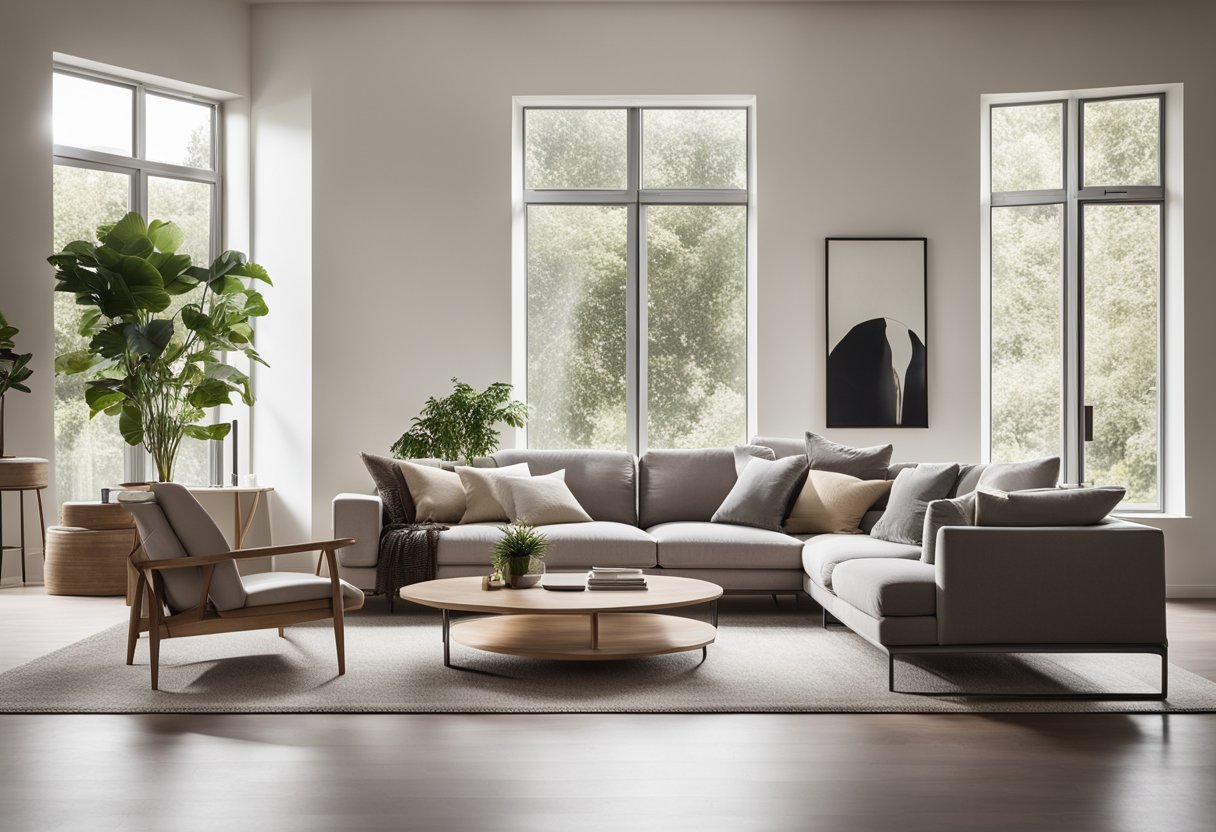
When it comes to modern Korean interior design, the focus is on creating a balance between traditional elements and contemporary aesthetics. The result is a stylish and elegant living space that incorporates the best of both worlds.
Modern Interpretations of Korean Style
Korean architecture and design have a long history of elegance and craftsmanship, and modern Korean designers have taken this legacy forward with their contemporary adaptations. The use of clean lines, organic materials, and natural elements are some of the key elements of modern Korean design.
Role of Furniture and Craft in Design
Furniture and craft play a vital role in modern Korean interior design. Wooden furniture, local craft, and bronze work are some of the key features of Korean design. Functional furniture that is both comfortable and aesthetically pleasing is a hallmark of modern Korean design.
Use of Color and Lighting
The use of a neutral color palette is a key feature of modern Korean design. Soft lighting and layered textures create a warm and inviting atmosphere. The use of lighting to highlight key elements of the design is also an important aspect of modern Korean interior design.
Modern Korean designers are also eco-conscious and respect the natural beauty of their surroundings. The use of organic materials such as light wood and linen is a testament to this.
In conclusion, modern Korean interior design is a perfect blend of traditional Korean culture and contemporary design. The preservation and renovation of traditional Korean architecture is an important aspect of modern Korean design, and the use of ornamentation and neutral colours is a nod to the elegance of Korean culture.
Frequently Asked Questions
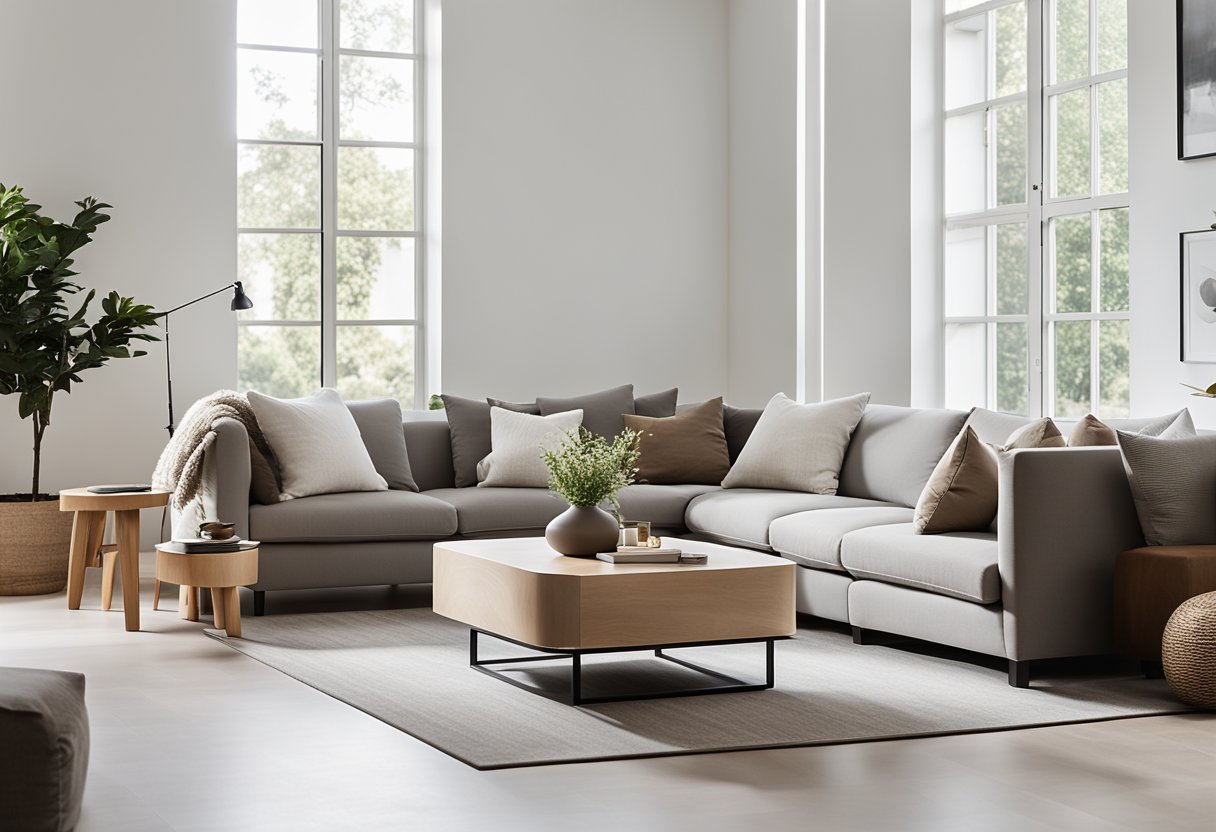
What are the defining elements of a contemporary Korean home interior?
A contemporary Korean home interior is characterised by its minimalist and functional design, which emphasises harmony and simplicity. Korean interior design is a unique blend of traditional and modern elements, with a focus on natural materials, neutral colours, and clean lines. The use of wood, stone, and metal is prevalent in modern Korean homes, as are neutral colours such as white, grey, and beige.
How can one infuse traditional Korean aesthetics into a modern living space?
To infuse traditional Korean aesthetics into a modern living space, one can incorporate elements such as hanji paper, traditional Korean pottery, and wooden furniture with curved lines. Another way is to use traditional Korean patterns such as the “sangseon” pattern, which represents mountains and water, or the “baram” pattern, which represents the wind. These patterns can be incorporated into textiles, wallpaper, or even as decorative elements in furniture.
What materials are predominantly used in modern Korean house constructions?
The materials predominantly used in modern Korean house constructions are wood, stone, and concrete. Wood is often used for the framework of the house, while stone is used for the exterior walls. Concrete is used for the foundation and the floors. These materials are chosen for their durability, sustainability, and aesthetic appeal.
Could you suggest some innovative ideas for a modern Korean house floor plan?
Some innovative ideas for a modern Korean house floor plan include an open-plan living area with a central courtyard, a multi-level living space with a rooftop garden, or a house with a “hanok” style courtyard. These ideas blend traditional Korean architecture with modern design principles to create a unique and functional living space.
What are some exciting trends in Korean home interior design for this year?
One of the most exciting trends in Korean home interior design for this year is the use of “japandi” style, which is a fusion of Japanese and Scandinavian design. This style combines the minimalist and functional elements of Scandinavian design with the warmth and natural materials of Japanese design. Another trend is the use of “hanji” paper, which is a traditional Korean paper made from mulberry bark. Hanji paper is used for wallpaper, lampshades, and even furniture.
How do Korean interior design companies blend functionality with style?
Korean interior design companies blend functionality with style by prioritising the needs and preferences of their clients. They utilise the principles of minimalism and simplicity to create functional spaces that are also aesthetically pleasing. They also incorporate natural materials and neutral colours to create a sense of harmony and balance in the space. Additionally, they focus on the details, such as lighting, texture, and patterns, to create a cohesive and stylish design.

